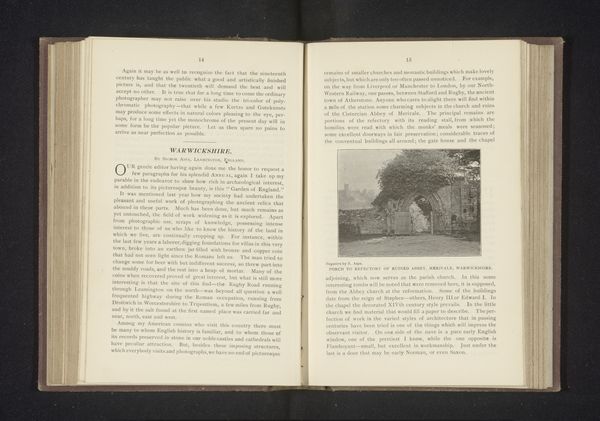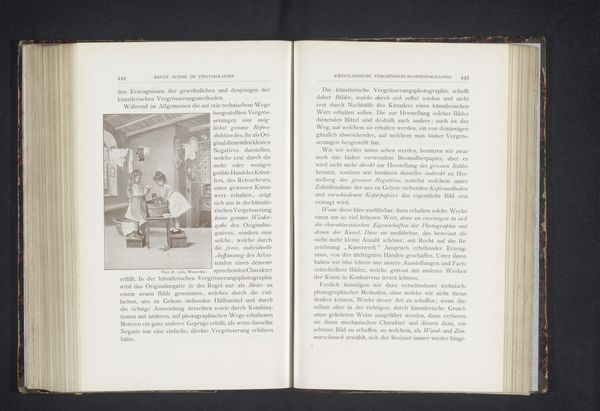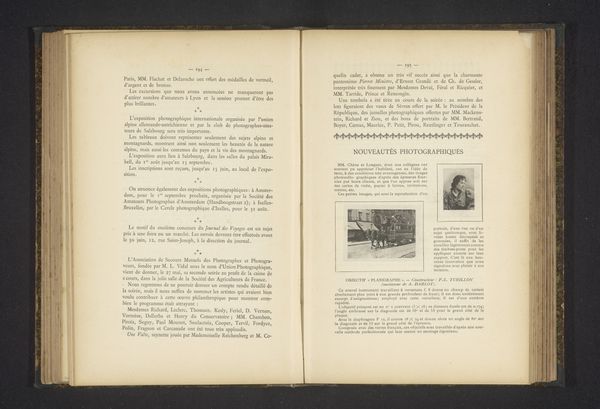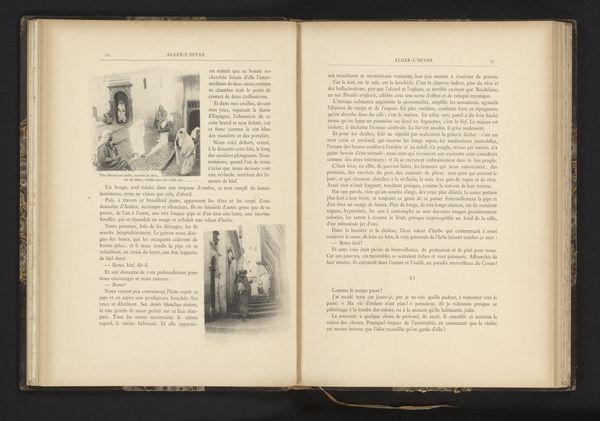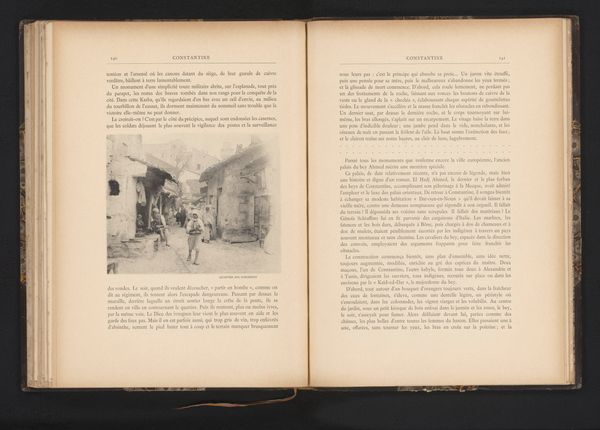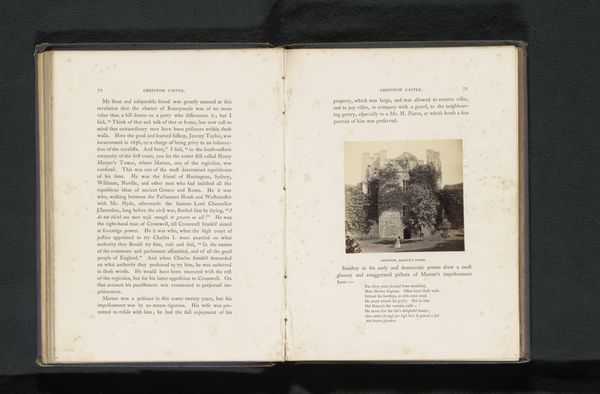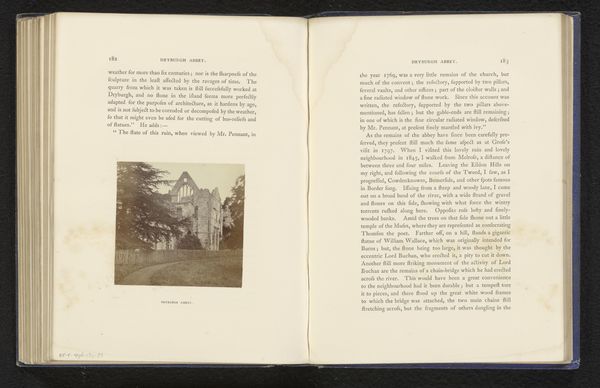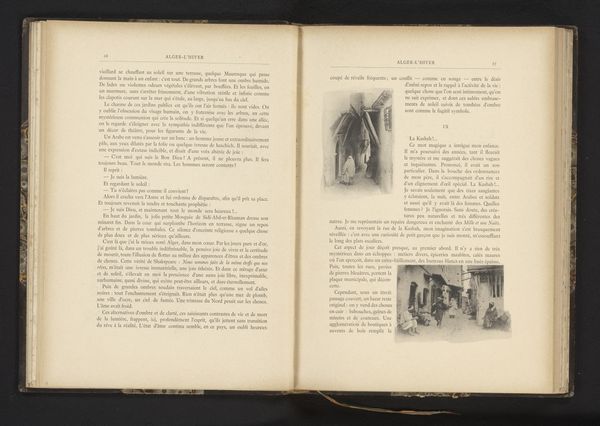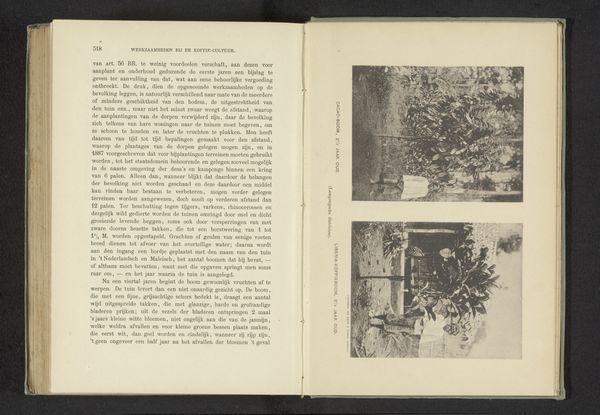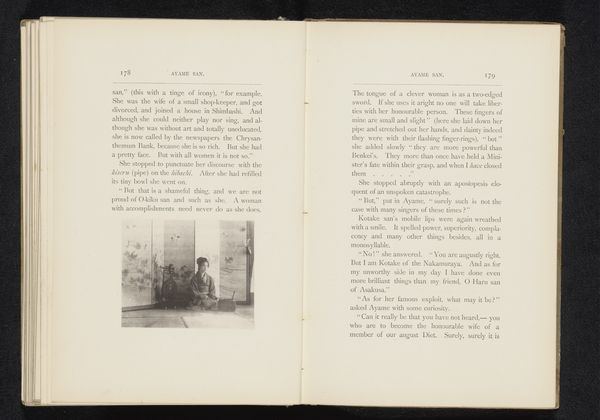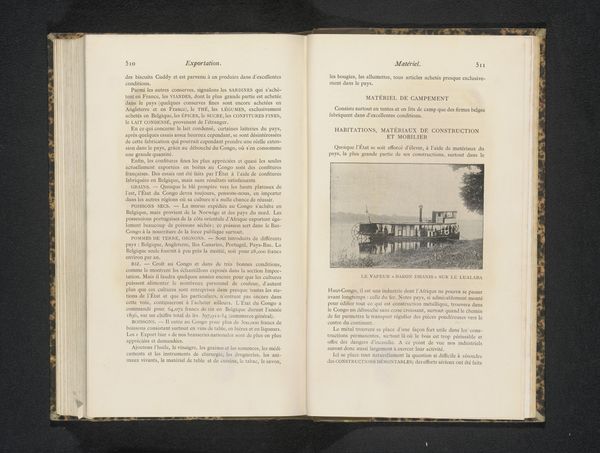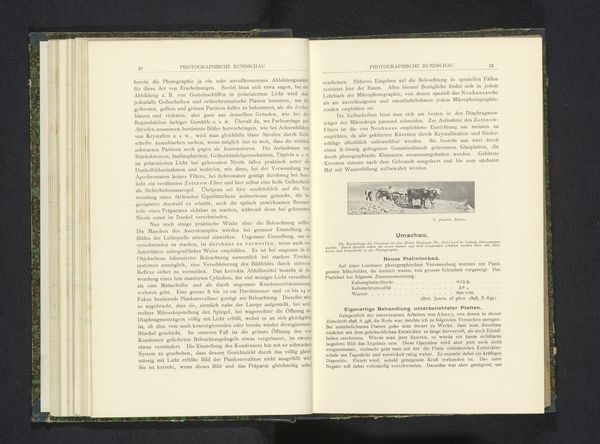
Vier vrouwen zitten voor een huis in El Boulaïda, Algerije before 1893
0:00
0:00
julesgervaiscourtellemont
Rijksmuseum
print, photography, albumen-print
# print
#
photography
#
orientalism
#
albumen-print
Dimensions: height 108 mm, width 146 mm
Copyright: Rijks Museum: Open Domain
Curator: Here we have a photograph, predating 1893, by Jules Gervais-Courtellemont titled "Four Women Sitting in Front of a House in El Boulaïda, Algeria," currently residing at the Rijksmuseum. It's an albumen print, characteristic of photography from that era. Editor: The light feels dusty, filtered somehow. The whole scene seems posed, still, and… a bit melancholic? It's interesting. Curator: The albumen process certainly lends itself to that feeling, with its soft tonal range. Courtellemont's work often depicted scenes from North Africa, fitting into the broader category we now call Orientalism. One can't ignore how the production of these images relies on colonial structures, capturing and framing other cultures for consumption back in Europe. Editor: Exactly. You see the artifice of it, don't you? These women are placed there, almost like props. The shade offered by that awning looks artificial as do the high contrast shadows of the doorway behind them. Were these photographs meant to exoticize and objectify them? Are we even capable of truly capturing an experience removed from our own bias? Curator: Those are valid questions. Courtellemont's motivations were likely complex, but it's important to critically examine the power dynamics at play in creating and viewing these images. The print itself becomes a commodity, tied to the market and ideas surrounding Algeria at the time. The photographic material is less objective witness, more document shaped by a certain agenda. Editor: Absolutely. This photograph is more than just paper and chemicals and some kind of moment that once occurred—it’s imbued with meaning constructed in a web of complicated stuff, right? When you stop and look closely it begins to feel less “captured” and more deliberately constructed. Curator: Precisely, which allows one to view the photograph as a constructed art object itself, one representing ideas about the culture in its frame rather than direct mirror to life there. Editor: Which is exactly where it gets its tension, perhaps. Its poignancy as something crafted out of something else that can no longer be touched.
Comments
No comments
Be the first to comment and join the conversation on the ultimate creative platform.
